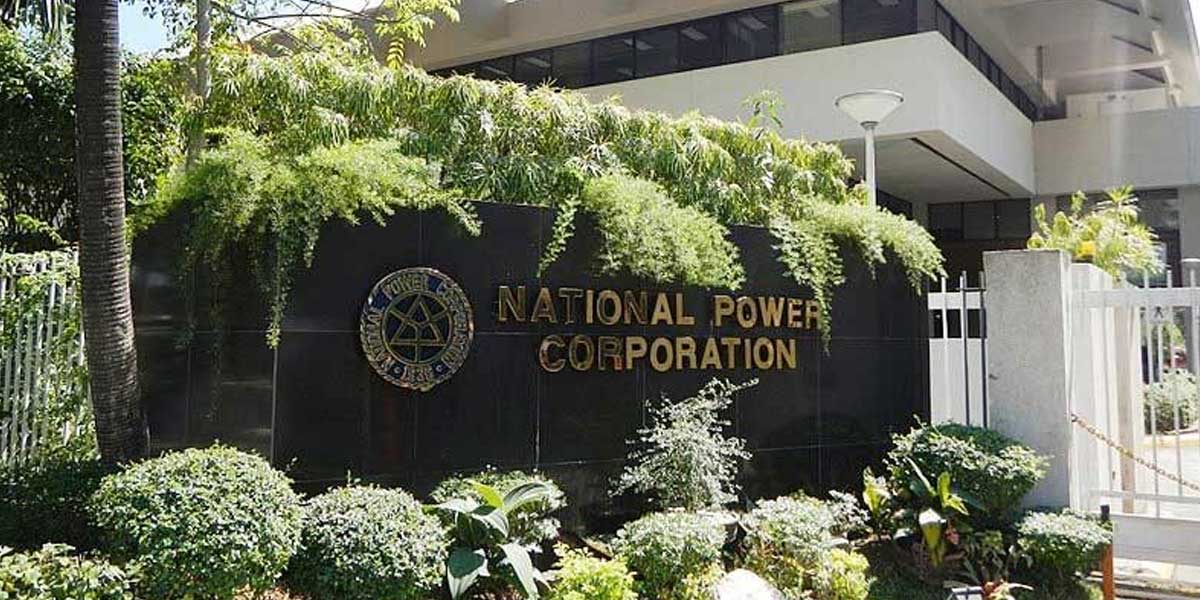
The National Power Corp. (Napocor) has increased its capacity additions in missionary or off-grid areas from 13.66 megawatts (MW) in 2016 to 88.53 MW as of December 2021, or more than 6-fold in the past five years under the Duterte administration.
It has also added 321.5 circuit kilometers (ckt.km) of transmission lines in missionary areas from the 776.03 ckt.km in 2016, bringing the total existing transmission lines as of December 2021 to 1,097.6 ckt.km, Napocor Officer-in-Charge (OIC) Senior Vice President and Chief Operating Officer Melchor Ridulme said.
In its report to Finance Secretary and Napocor Board Chairman Carlos Dominguez III, the Napocor said it has also increased the transformer capacity of its substations serving missionary areas from 170 megavolt amperes (MVA) in 2016 215 MVA as of December 2021.
“The Napocor plans to expand capacity additions in missionary areas to 106.58 megawatts and its transmission lines to 1,125.46 circuit kilometers, along with increasing substation capacity to 225 megawatts by June 2022,” Ridulme said in his report.
Ridulme said the Napocor currently operates 285 Small Power Utilities Group (SPUG) plants in 229 missionary areas in the country.
The Napocor is targeting to increase the number of its SPUG plants to 296 and expand its coverage to 240 missionary areas by June this year, he added.
From 41 SPUG plants operating 24 hours in 2016, the Napocor now has 82 SPUG plants operating round the clock, Ridulme said.
NPC is also active in the reforestation of watershed open areas to support sustainable hydro and geothermal plant operations in the main grids.
From 1,881 hectares (has.) in 2016, the Napocor has expanded its reforestation in watershed open areas to 4,419 has. as of December last year, he said.
Under Republic Act (RA) No. 9136, or the Electric Power Industry Reform Act (EPIRA), the Napocor is responsible for providing power generation and its associated power delivery systems in areas that are not connected to the transmission system.
Missionary electrification projects are funded from the revenues from sales in the missionary areas and from the universal charge (UC) to be collected from all electricity end-users.
The National Transmission Corp. (Transco), meanwhile, reported to Dominguez that it has continued to protect the national government’s interests by ensuring the compliance of the National Grid Corp. of the Philippines (NGCP) with the terms and conditions of its concession agreement, and the policies of the Department of Energy (DOE).
Transco President-CEO Jainal Abidin Bahjin II said this was done by conducting 85 asset inspections and 4 project inspections on NGCP, and completing the assessment report of the Technical, Regulatory, Financial, and Legal compliance Assessment Team (TRFLAT) on NGCP’s compliance with the concession deal last year.
Most of these inspections, however, were “remote” or virtual inspections because of the mobility restrictions during the pandemic.
Bahjin told Dominguez that starting March 22, Transco has stopped conducting remote inspections of NGCP’s facilities and will resume its inspections on-site.
The EPIRA mandated the privatization of Transco through an outright sale or management concession agreement.
Its concession was awarded in 2007 to the NGCP, which eventually secured a congressional franchise to operate the transmission network through RA 9511.
The ownership of all transmission assets, however, remains with Transco.
Bahjin said Transco also validated last year 173 right-of-way (ROW) claims and either filed expropriation cases or approved 122 ROW claims for settlement involving its transmission lines and substations.
Under its previous president and now Cabinet Secretary Melvin Matibag, Transco teamed up with the Land Registration Authority (LRA) to resolve issues involving ROW claims in properties within its transmission corridor.


















